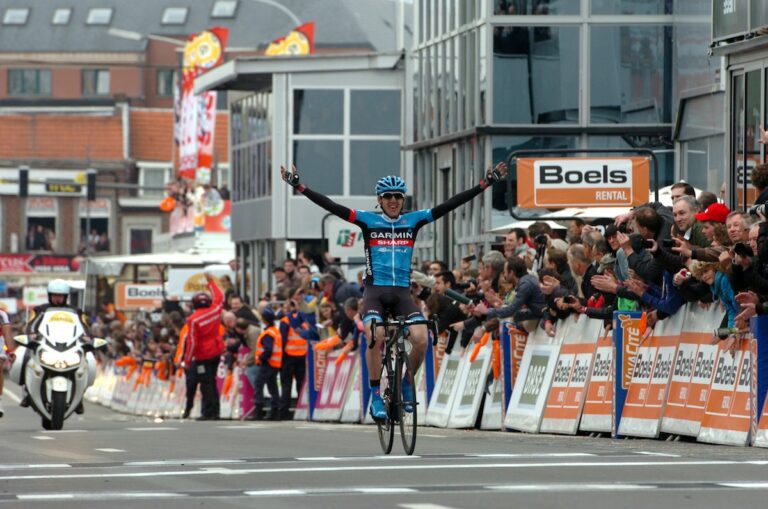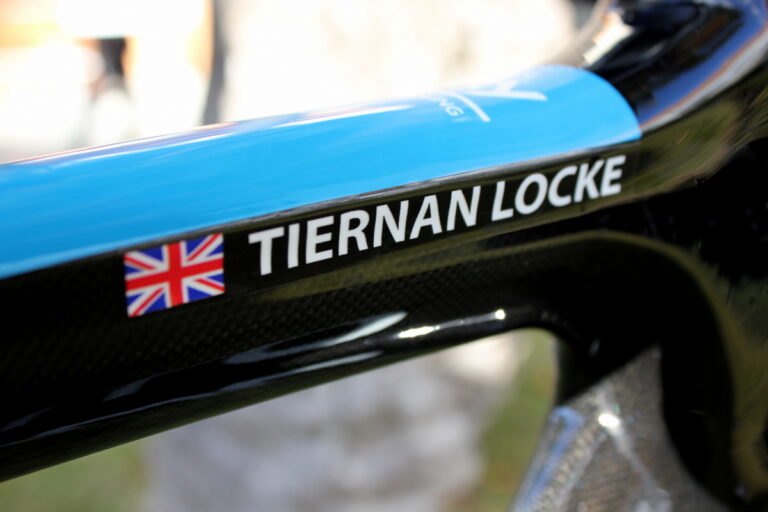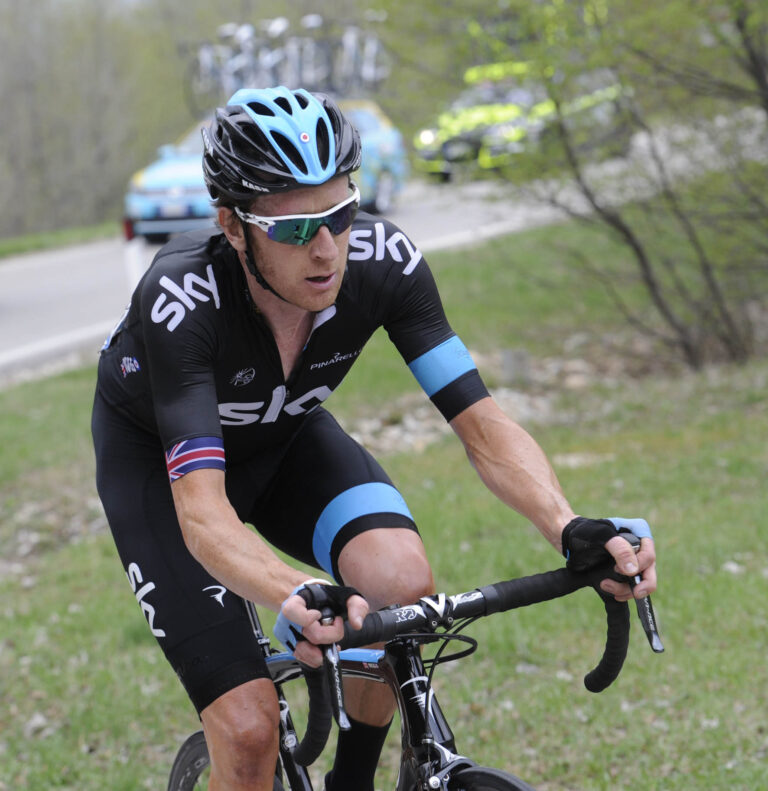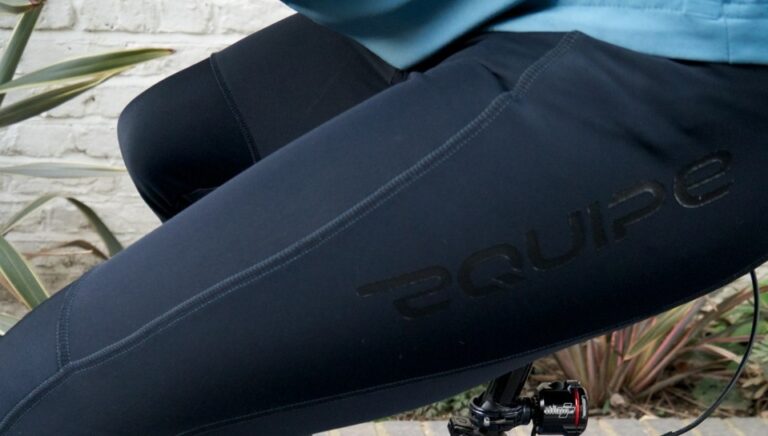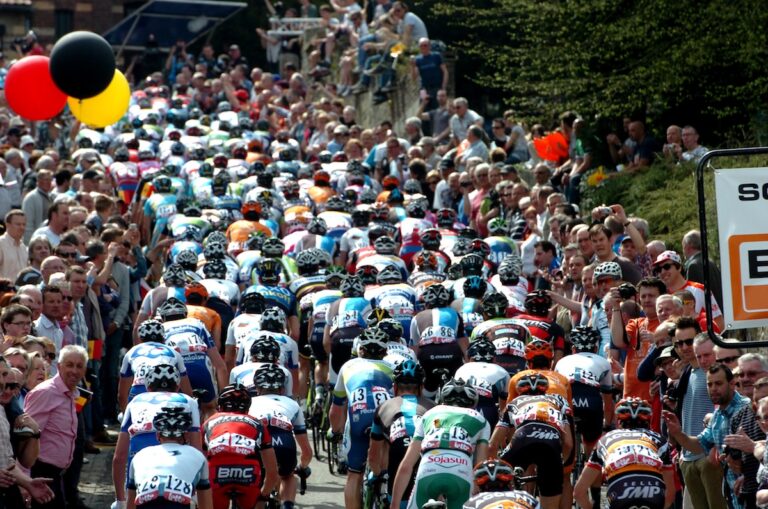Few events have captured the imagination of the cycling public like the sportive, and few bikes have captured the imagination of the sportive rider like the Defy.
The hugely successful Defy range has found a welcoming audience in those perhaps new to the sport and seeking a personal challenge rather than wheel-to-wheel competition.
Giant have carried the geometry to a new composite chassis, one fashioned from T600 filament, the entry point to Giant’s range, intended to stake a claim for the Taiwanese behemoth in the increasingly competitive sub-£1500 carbon bike market.

The most immediately obvious feature of the Defy Composite is the once revolutionary, now classic compact geometry, debuted by Mike Burrows a generation ago on Giant’s TCR race bike, and incorporated across much of the Taiwanese builder’s range.
It’s especially noticeable on our size small test bike, where a 46.5cm seat tube is allied to a 53cm top tube. Throw in a 145mm head tube and you have a machine whose front triangle slopes dramatically towards it junction with the rear: the essence of Burrows’ design.
Other key features include very shallow seat stays that reach the seat-tube a full 10cm below the top of the seat clamp, and a sizable down tube, flattened on every surface except the top, and 5.5cm across from head tube to bottom bracket. The chainstays are modest, just 3.5cm deep at the bottom bracket, while the pressfit, Powercore bottom bracket is housed within a bulky shell, which, like the downtube, is large but not enormous by contemporary standards.
The 99cm wheelbase is reasonably short for a machine typically deployed for endurance work, and hints at a capacity for speed (the recently tested TCR Advanced SL4, for example, a racing machine, is some 1.6cm shorter). A cutaway in the seat-tube is a fetching but perhaps unnecessary device on a machine whose 42cm seat stays allow the rear tyre 2cm of clearance at its closest point to the seat tube.
It is revealing, however, of a machine that, despite a status bordering on classic, contains little of the conventional. Each tube is flattened and shaped, none more so than the top tube that broadens from to 5cm on its arcing journey from seat-tube to headtube. The flat-backed seat-tube might be billed as a ‘kam tail’, were Giant intent on marketing the Defy as an aero bike. They have that sector covered with the Propel, of course, but, as we noted with the TCR Advanced SL4, you’d struggle to find a conventional, round tube on the Defy Composite 2.
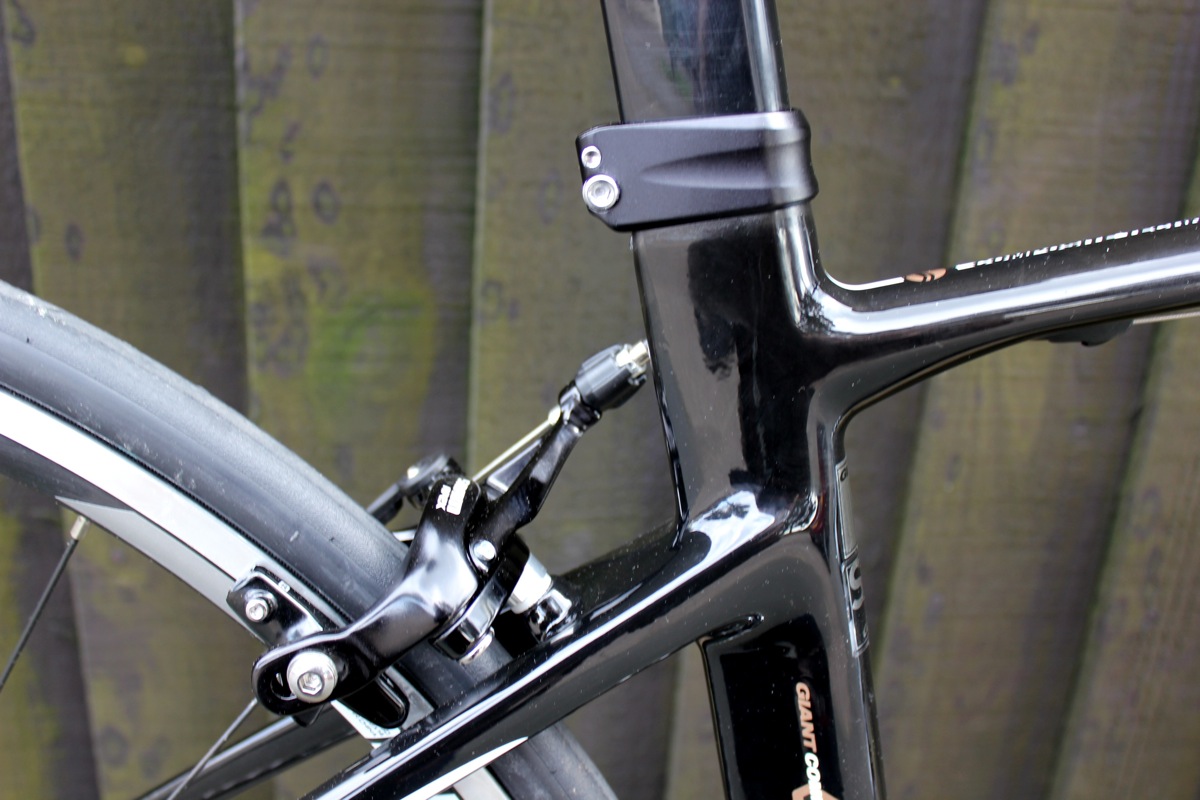
Further evidence can be found in the fork: two entirely straight, entirely flat carbon blades, united with a carbon steerer and protruding from a head tube set at a leisurely 74 degrees.
Final observations on the frameset: the bronze detailing lends the Defy Composite 2 an air of sophistication, but the external cable guides rather let the side down. The non-driveside chainstay is generously equipped with two mounting points, presumably for sensors.
The components are from SRAM’s entry-level Apex groupset. Tech Ed, Tim O’Rourke, was impressed by Apex’ shifting performance when he encountered it on the Specialized CruX Elite Disc 2013, but the braking will be new to us. Plaudits at this early stage, however, are due to Giant for spec-ing the Apex group in full: chainset, front and rear mechs, shifters, and brake calipers.
The Defy Composite 2 rolls on Giant’s own P-R2 hoops, laced radially with 24 DT Swiss Competition spokes at the front, and 28 at the rear, where there’s a two-cross pattern on the driveside and and a radial lacing on the non-driveside. They’re shod with Giant’s P-R3 tyres, slick offerings in a narrow, 23c profile.
Check back soon for a full review.
Website: Giant Bicycles
UK distributor: Giant Bicycles UK
Sizes: S, M, M/L, L, XL
Price: £1399


